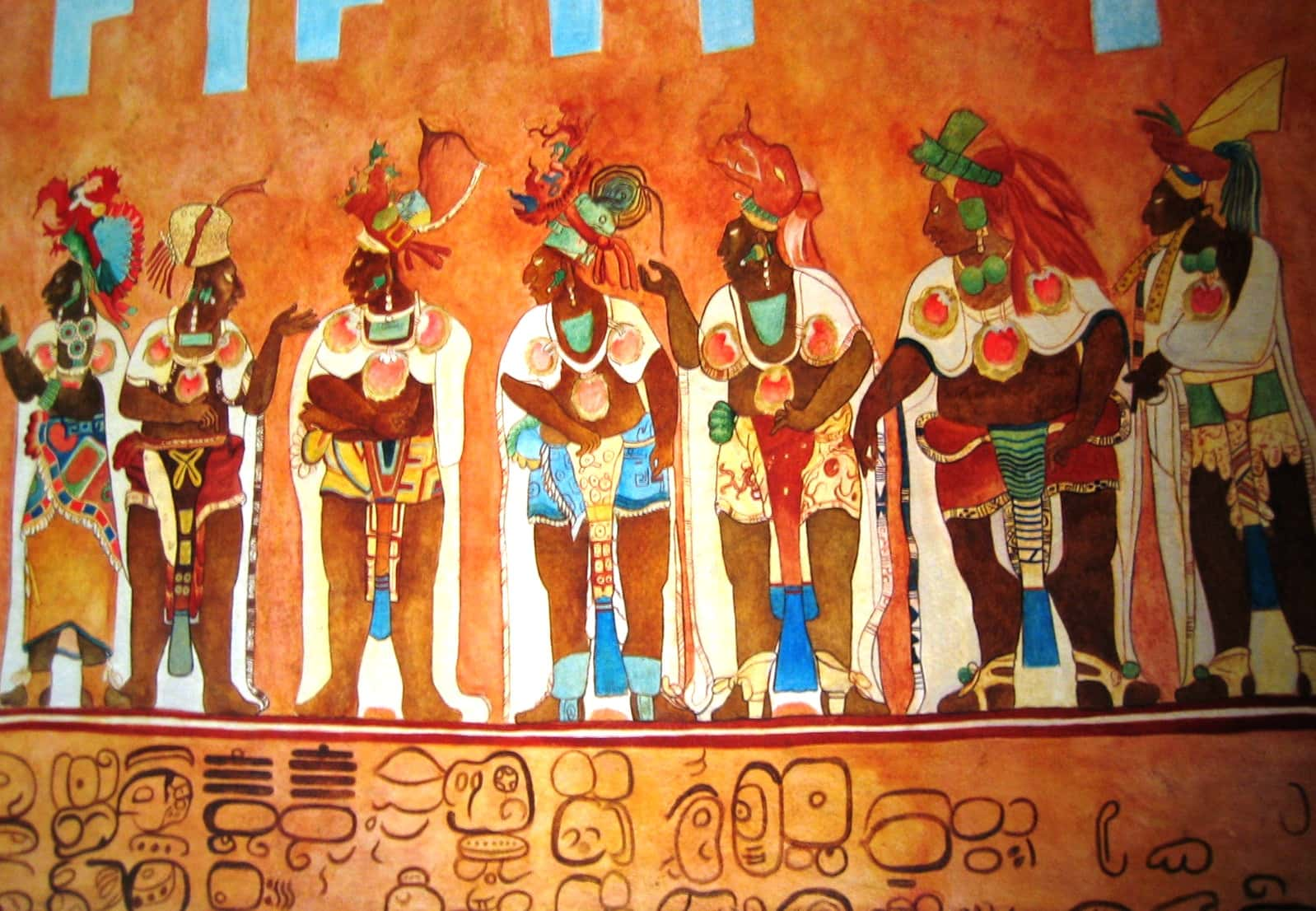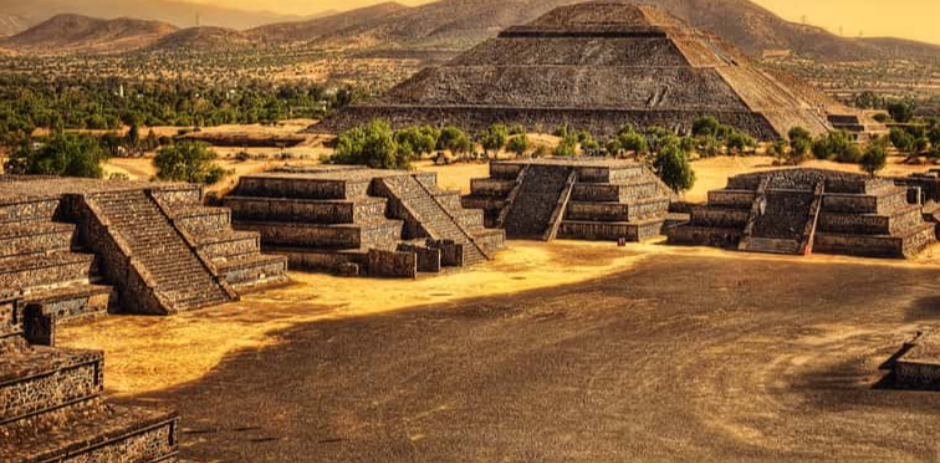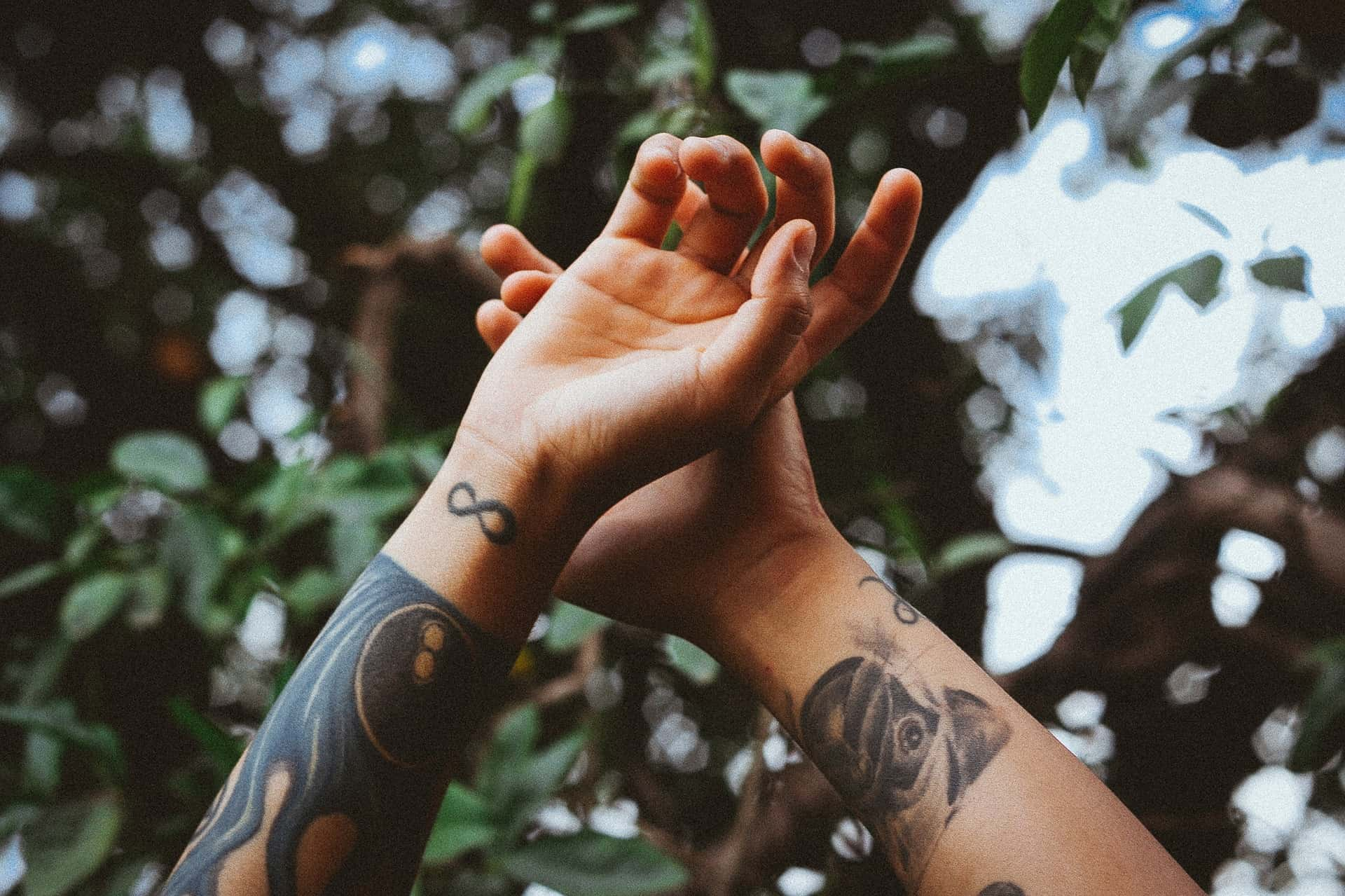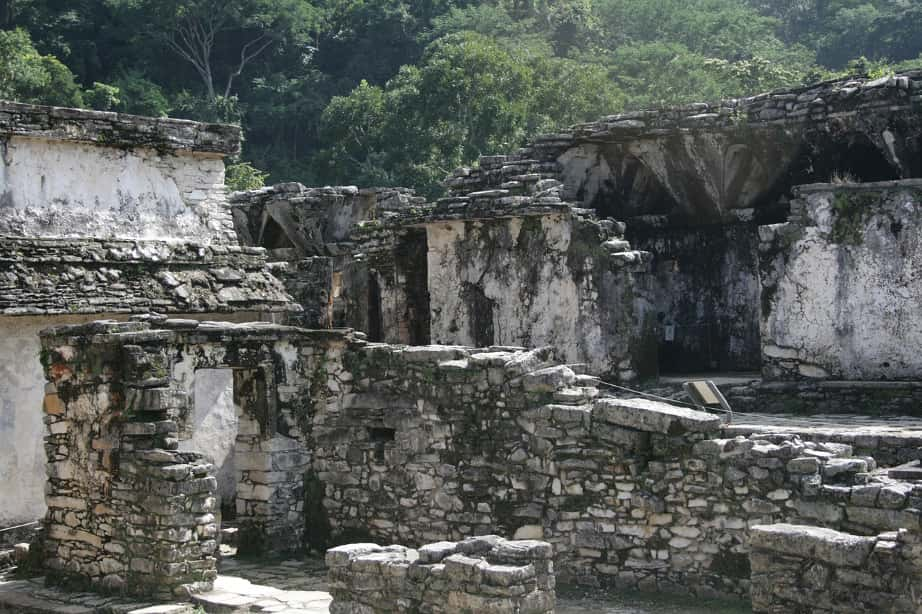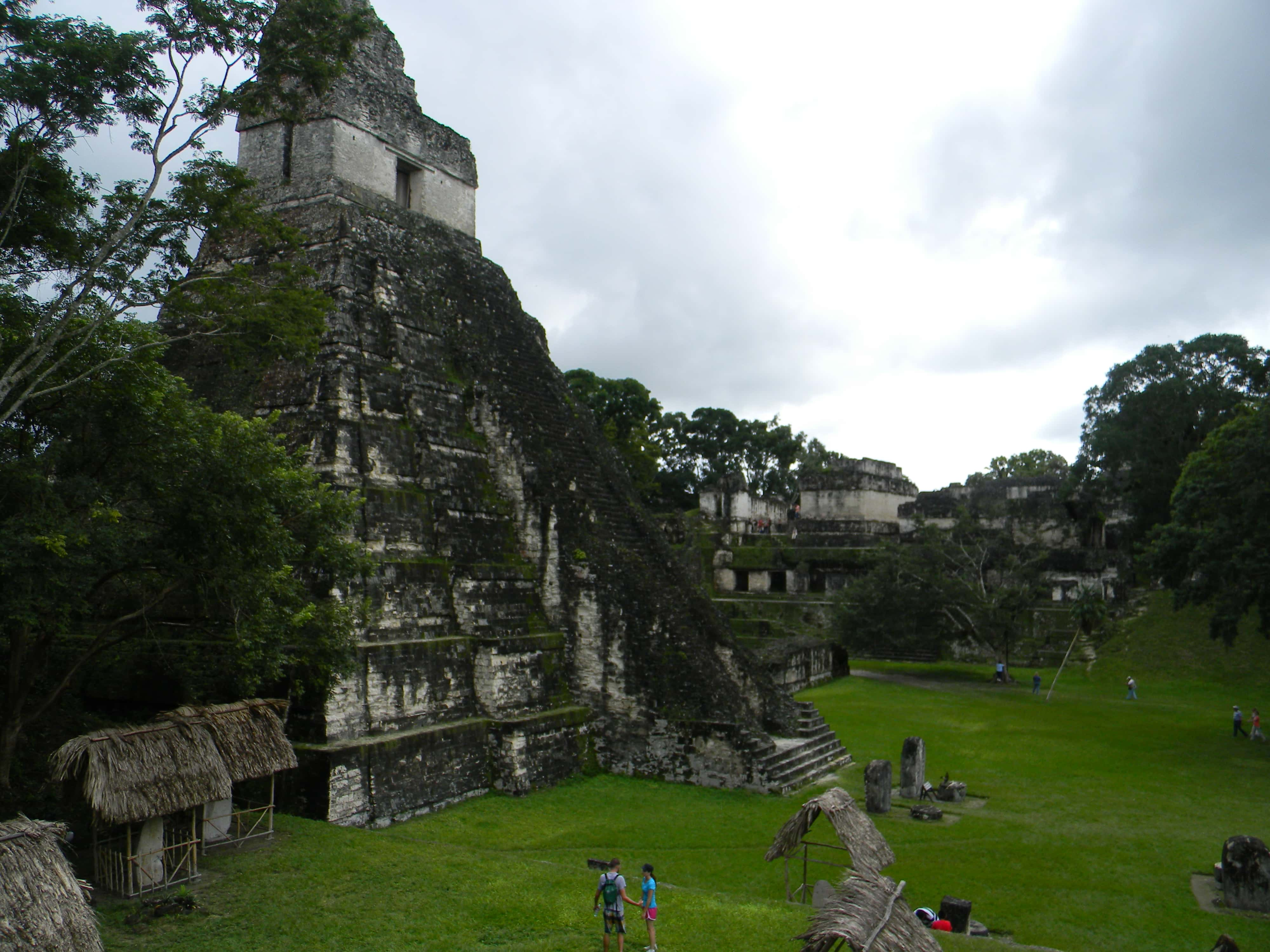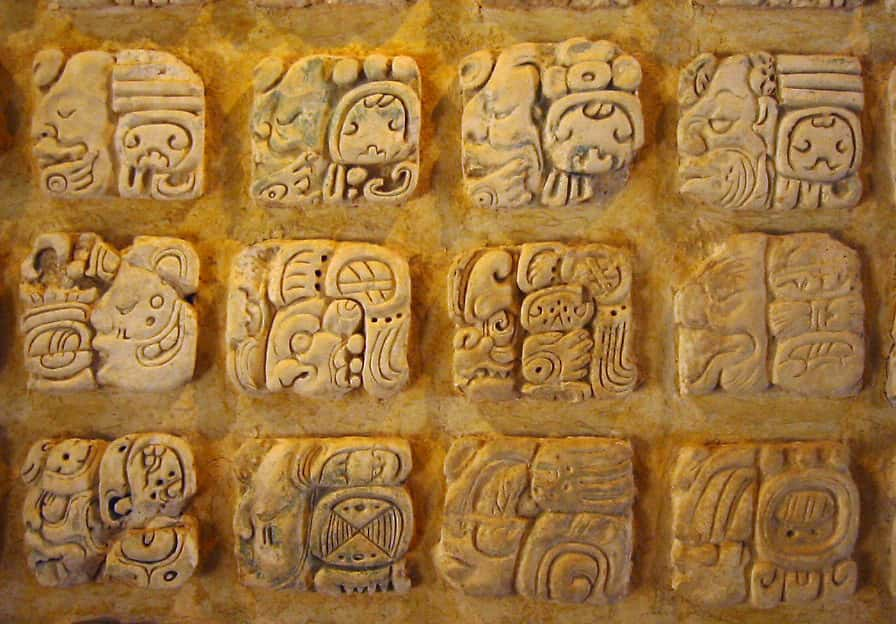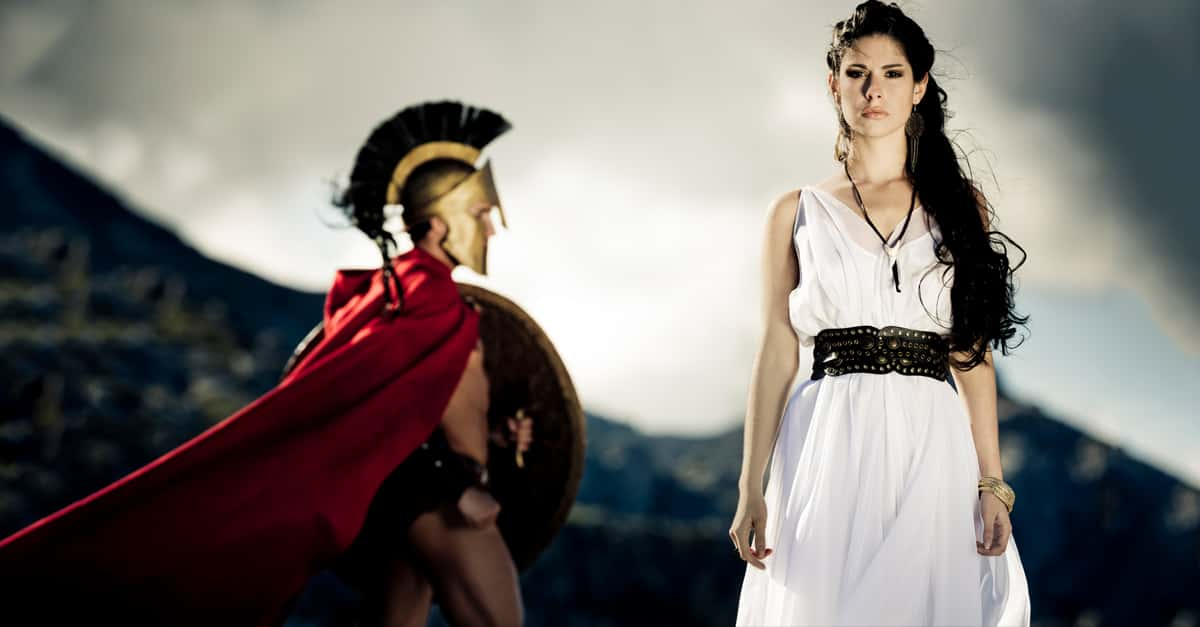The Mayan Civilization consisted of the Maya people, an indigenous group from Mexico and Central America. For hundreds of years, they have continuously inhabited the lands comprising modern-day Yucatan, Mexico and southward through Guatemala, Belize, El Salvador and Honduras.
The name Maya comes from the ancient Yucatan city of Mayapan, the people's last capital before their civilization's mysterious downfall in the middle of the last millennium.
But how much do we know about them beyond that? The Mayans are one of the most fascinating civilizations that have ever appeared on Earth... precisely because so much of their society remains shrouded in mystery and controversy.
Don't worry though: we've gone through research and pulled out the essentials. Here are 33 mind-boggling facts about the Ancient Mayans.
1. Not Done Yet
Before we get into all the incredible details, it's worth saying this: The Mayan civilization is still being uncovered.
In fact, in 2015 researchers discovered a new Mayan pyramid that was over 1000 years old... and might actually be the tallest pyramid ever discovered in Mexico.
That just goes to show you how incredibly influential the Mayans were. Not only do their buildings still stand today—we're also still finding them.

2. Bad Luck
Ever wondered why a civilization like the Mayans didn't "advance" as quickly as others? How come the Spaniards had guns, while the Mayans and Aztecs were still battling with swords and shields?
It might have to do with the natural habitat of Meso-America.
The historian Jared Diamond has claimed that much of human advancement is possible only with the development of agriculture and animal domestication, which allow a society to feed themselves more easily. Unfortunately, the peoples of South America had major disadvantages there: after all, the lands the Mayans lived in had very few native animal or plant species which can be easily farmed or domesticated.
3. Mysterious Maya
The Mayan civilization suffered several catastrophic collapses through their history. Archaeologists have failed to identify the reason behind the abandonment of many large Mayan cities in the 2nd and 10th century.
But although each of these mysterious calamities is referred to as a collapse, neither marked the end of the Mayan civilization.
4. End Of The World
The Mayan calendar was designed with the alignment of the stars in mind.
Despite what you may have heard in 2012, the end of the Mayan calendar was never meant to signal the apocalypse. It simply meant that a new astrological age was beginning.
5. Long Time Ago
Mayans believed that the Earth was created in 3114 BC. This specific date coincides with the beginning Mayan Calendar.
The details of their creation story where actually surprisingly similar to the one laid out in the Christian Bible.
According to Mayan mythology, the world was created in a sequence of four events: first came the animals, then wet clay, followed by wood... and finally the the first human beings, which were said to be made of maize.
All of this was caused by a group of "artisan gods", who crafted the Earth and heavens much like a sculptor.
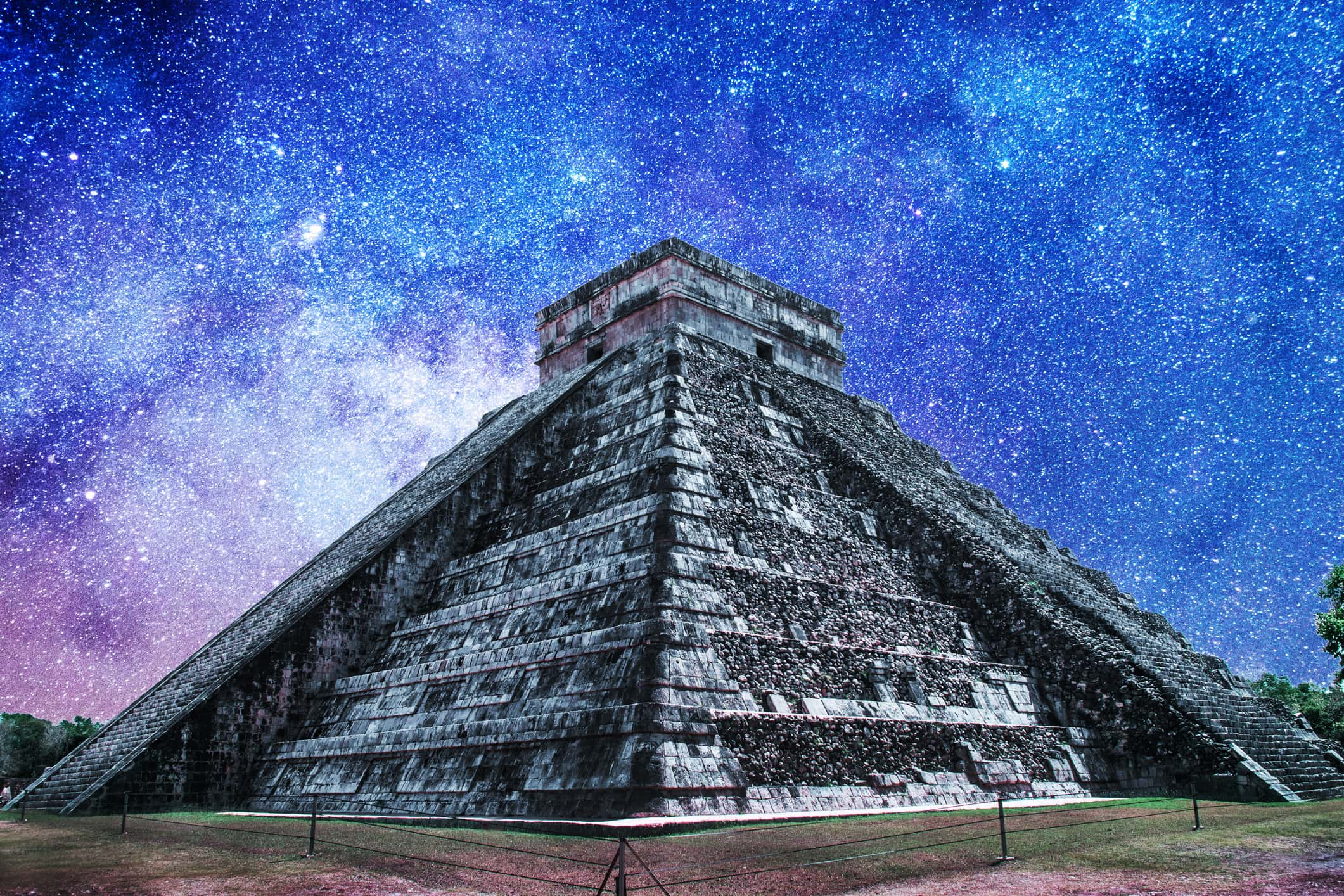 Temple of Kukulkan, the ancient Mayan Pyramid in Chichen Itza at night with galactic background
Temple of Kukulkan, the ancient Mayan Pyramid in Chichen Itza at night with galactic background
6. First Come
The earliest Mayan settlement dates back to 1800 BC.
Those ancient Maya people were farmers. They grew maize, beans, squash, and cassava. Their organization and power would eventually grow and become the first true Mayan civilization, the Olmec.
It was the Olmec who were responsible for creating the now famous Mayan Calendar, as well as popularizing the Mayan creation myths.
7. Beauty Standards
To be beautiful in Mayan culture was the result of incredibly hard work. They had a set of seemingly impossible beauty standards, some of which required serious body modification.
One such practice was flattening the forehead entirely. Which, it might surprise you, is not exactly easy. The human skull is pretty strong... and evolved pretty much explicitly to not do that.
So how'd they manage it? The Mayans skirted evolution and the bounds of human anatomy by literally clamping a plank of wood to a young child's face. As a result, they were able to control the growth of a person's head. Perfectly flat foreheads for everyone!
It's the same principle a farmer might use to grow vegetables of a particular size. Except, you know, we're talking about children's skulls...
8. Hey Good Looking
It didn't stop at foreheads, though...
Mayans also believed that crossed-eyes were a sign of favor from their sun god Kinich Ahau, who was also cross-eyed. And of course, being well-liked by the God of the Sun is a pretty valuable thing.
So as a result, some children spent days at a time with objects dangled between their eyes, in the hopes it would artificially cross their eyes forever.
9. Don't Get Confused
Many people are under the impression that the final collapse of Mayan civilization came about as a result of the Spanish Conquistadors. That's not the case.
Although there's no doubt that the Spanish invaders were incredibly brutal towards the Aztec Civilization (committing nothing short of genocide against those people) by the time they reached the cities of the Mayans, they had already been abandoned. We'll get into why those cities collapsed in a moment...

History's most fascinating stories and darkest secrets, delivered to your inbox daily.
10. Smells Fishy
By today's standards, a big nose might not always be particularly desirable. But if you, like me, are sometimes self-conscious about your over-sized beak, just take comfort in this: the Mayans would have loved you.
Mayans believed a large, prominent nose was the absolute peak of beauty. So much so, Mayan citizens with an under-sized schnoz would often resort to wearing a prosthetic. Fake noses were all the rage! They were crafted from clay, and worn over their own to give the impression of a more impressive sniffer.
It's always a little comforting to remember that body-image issues are a universal human experience. Wear that nose with pride!
11. Bling Bling
Mayans loved jewellery. Though many materials were used to fashion their jewellery out of, the Mayans had a special place in their hearts for Gold and Jade. Who doesn't?
12. Inked
Mayans practiced tattooing, among other forms of body modification.
Both Mayan men and women would get tattoos, but men would often wait until after they were married. After the formal ceremony, they would tattoo their arms, legs, backs and faces. Women would opt for smaller tattoos on their upper torso, excluding their faces and chest area.
13. Grills
Mayan men, and sometimes women, would visit dentists to beautify their smiles with Jade. Small holes were drilled into their teeth by skilled dentists, who would then place the semi-precious gems in their teeth and secure it with an adhesive. This practice was not exclusive to any particular class.
14. Chompers
Mayans believed teeth to be an important part of a beautiful appearance. Just... not the same way we do.
Aside from encrusting their teeth with gems, many also sharpened them to a point. Sometimes teeth were filed to specific designs to designate higher classes of individuals.
Now, we're not saying that wouldn't be impressive and intimidating. But if I went on a date with somebody who had literal fangs, I'm not sure my first thought would be, "Wow... that's hot".
15. Painkiller
As you can imagine, drilling and filing teeth was a painful procedure to endure. That's why the Mayans used special herbal remedies to act as anesthetics. These blends would be applied to the patient prior to a procedure, and were apparently quite effective.
That being said, there's actually another way to avoid the incredible pain of filing your teeth into razor sharp points: not doing it at all, you lunatics.
16. Tripping Out
When it comes to hallucinogenic plants, the Mayans were ahead of the curve.
Today we are beginning to explore the medicinal uses of psychoactive plants for treatment of, among other things, PTSD and depression. But the Mayans had that all figured out. Hallucinogens were common in the native plants of Meso-America and featured prominently in both their medical and religious practices.
17. Hellishly Complicated
The Mayan afterlife was no simple affair.
Upon an individual's departure from life, they didn't merely transition to an afterlife of bliss or torment. Instead, they embarked on an extended journey towards the blissful realm or Tamoanchan. Anyone could get there... provided they suffered through the 9 levels of the underworld, known as Xibalba, followed by 13 more levels of a higher afterlife.
There were a few ways to bypass that journey though: passing away during childbirth, perishing as a sacrifice, or falling in battle were all viewed as intensely honorable, and the individual was believed to be transported immediately to Tamoanchan.
Considering that much of modern-day Mexico looks like this, imagine what paradise must have looked like.
18. Sacrifices Must Be Made
Mayans performed ritual human sacrifice for a number of reasons ranging from religious to medical ceremonies. It was considered an honor to be sacrificed, and the sacrificing was usually done by cutting just under the ribs and removing the still-beating heart.
It's hard to imagine how they could be comfortable with such butchery... but it actually helps to understand Mayan culture. As we mentioned, they believed that victims of sacrifice were granted immediate passage to paradise. Is it any wonder that they figured the ritual to be OK. In their eyes, a human sacrifice was simply the passing on of a person's soul into a better place.
19. Play Ball
Games involving balls have been around for ages, and Mayans are no different. Mayans had a game where a ball had to be hit through a hoop, similar to basketball. The only catch was you couldn't use your hands and feet, only your body.
Well, not the only catch. The games also often ended in human sacrifice. Historians, however, are baffled by the question of exactly who met their end following a match. After all, Mayans considered sacrifice an important honor. Although many believe the losers were the victims, it's entirely possible that it was actually the winners being butchered.
Imagine the Super Bowl... except that after the game the winning team is marched to the top of a temple and subjected to a public display of fatal consequences.
20. Hot In Here
Mayans were among the first cultures to use saunas. Saunas were used by Mayans for healing purposes, and were hated by the Spanish Conquistadores who were against any form of sanitation at the time.
21. City Planner
Mayan cities expanded haphazardly, upward and outward. Buildings were built over top of existing buildings, and very little planning went into the building and layout of their cities.
22. Starry Night
The only buildings that were planned in advance in Mayan cities were their pyramids, palaces, and ceremonial ball-courts.
These buildings were painstakingly placed to align perfectly with the stars, to help make the practice of stargazing an absolute breeze.
23. Star-ter Pack
Mayans were obsessive astronomers.
Careful astronomy was used the guide their calendar, with the appearance of certain constellations or planets triggering the start of planting season. This crucial job was held by astronomer-priests, who therefore held an exceptional amount of power. After all, in the eyes of the people, they could essentially predict the future by using the stars as their guides.
24. Godly
Given the importance of the stars and moon in their daily lives, perhaps it shouldn't be too surprising that the Mayans firmly believed that celestial bodies were literally gods.
Celestial events were considered to be communication with those gods, and the actions of the society at large were directly tied to the movement of particular stars.

25. City Life
The Mayan city of Mirador was one of the greatest cities ever built in the pre-Columbian Americas. The city was built around a set of 3 Mayan pyramids. The largest of these 3 pyramids, La Danta, has a peak that is taller than that of the tallest Great Egyptian Pyramids. Today, though, La Danta is hidden away under a thick jungle canopy. It's almost completely inaccessible to tourists.
While on the note of Mayan pyramids: it's interesting to note that their shape was meant to mimic that of mountains. Much like the Ancient Greeks, believed that their gods lived together on a mountaintop, which they called Witzob. Hence the symbolic appearance of their great temples.
26. Big Time
The Mayan city of Tikal was the largest of any Mayan city, spanning over 124 square kilometres.
Tikal, like many other great Mayan cities, was abandoned during the second Mayan collapse.
27. Book Worms
Mayans were among the first to record history in books. The books they used were screen-folds, similar to folded up posters you might find in magazines today. The pages for these books were made with the inner bark of wild fig trees.
And they were prolific writers: although many of them are now lost, historians believe the Mayans may have written as many as 10,000 books.
28. Burning Books
As we mentioned before, the Conquistadors weren't responsible for the collapse of Mayan civilization. They did, however, help to erase much of their history.
When the Spanish came to Meso-America, the Mayans had already abandoned their great cities in favor of rural societies. They retained, however, their traditional religious beliefs. This didn't sit well with Spanish thinkers like Bishop Diego de Landa, who set about converting the population to Christianity. When that proved difficult, he took a brutal approach: he burned and destroyed the Mayans had written, in an effort to erase their culture.
And the Conquistadors had the audacity to call the Mayans barbarians. These incredible people had created one of the most advanced scientific nations on Earth... and yet their collective cultural knowledge was burned and ravaged by a group of men in the desperate pursuit of material wealth.
Truly heartbreaking.
29. Math Matters
Although they are better known for their astronomy, the Mayans also made impressive strides in the world of abstract math.
Their vigesimal math system is a base 20 system (vs our base 10). It helped them to create architectural wonders, manage their economy, and craft their famous calendar.
30. Head Ache
Mayans used hieroglyphs, similar to the Egyptians, to write. It was one of the most complex systems on Earth.
Despite their complexity, though, historians have been able to decipher most of the symbols.
Ever get a hand cramp while writing a test? Imagine being Mayan.
31. The end of an empire
Experts in the Mayan history simply do not have enough solid information to state with clear-cut certainty how the Maya civilization ended.
The downfall of the ancient Maya was likely caused by some combination of famine, drought, and change in the environment brought on by deforestation for farmland. This likely caused neighboring cities to turn on each other causing civil strife. It wasn't a single event, though: It took over 200 years for the civilization to fail completely.
32. Gone But Not Forgotten
Of course, the Mayans were not completely wiped out.
Many people of Mayan ancestry still live in South America, and some have migrated to other parts of the world.
33. Deity of Life's End
Many present-day Mayans still live a traditional Mayan life... including ritualistic sacrifice.
Since sacrificing humans is taboo now, the Mayans now sacrifice animals to their gods. Definitely not vegan.



